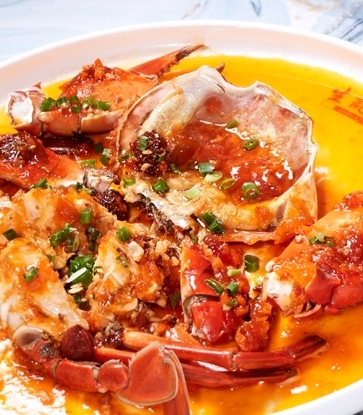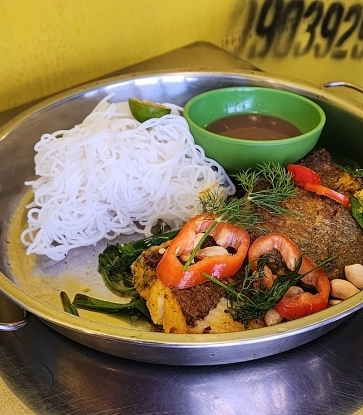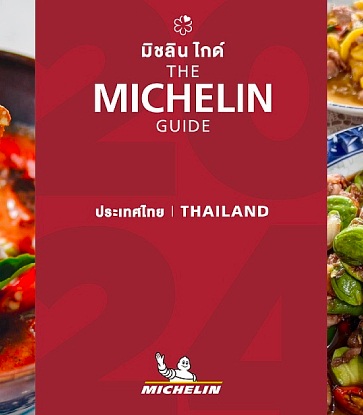
They took the first step six years ago, setting up a store specialising in take-away breakfast and lunchbox called “Chi Shen Me”. Qing Zuo, their current venture, was opened more than a year ago. Both names are common greeting phrases in Mandarin, reflecting the care and gentle demeanour of a Taiwanese mum, in turn a parallel to the comforting cuisine served in the restaurant.
Following the Taiwanese approach, Grace and Tracy add plenty of greens to their lunch offerings. What’s more, they keep reminding the visiting students to eat more of them.
“Many regulars said there is more meat than vegetables in the lunchboxes in Hong Kong, because it’s easier to prepare meat. But that’s not healthy at all! Gradually, the students came to understand they need to have more vegetables. They even call us ‘aunties’, which warms our heart,” Grace said with smiles.

It’s not just the sides that the duo cook in the Taiwanese way. They go far down on the memory lane to make sure the dishes they present to diners are as close to the origin as possible.
“Perhaps because we left Taiwan a while ago, and distance prevents us from keeping up with the food trends there. We’ve become the defenders of the old Taiwanese cooking style,” Grace said.
They have all the bases covered in order to recreate the most authentic Taiwanese fare. Grace took the Lu Rou Fan (braised pork over rice) recipe from her home, and they source many ingredients, including soy sauce, egg pancake powder and dried bamboo shoot, directly from Taiwan.
“It’s possible to shop through importers, but the products they sell might not be the best available. If we compromise a bit here and a bit there, it wouldn’t be the taste from our memory. So we’d rather pay more to get the ingredients we want. Such insistence is necessary,” Grace said the word “insistence” with extra vigour.

Grace and Tracy’s insistence earns them many loyal compatriot supporters. Unlike other Taiwanese restaurants which sacrifice quality for the aforementioned compromises, they all sing praises about how genuine Qing Zuo’s food is. But at the age when the digital world rules, some challenge the high prices of the joint, in comparison to the same dishes sold in Taiwan. In response, Tracy pointed out, “Why not think about how different the price level and operating costs are between the two areas?”
Indeed, after six years of hard work, the mums know too well the cost of running a restaurant.
“The rent is high. The space is small. Staff costs a fortune and the licenses are difficult to get.”
Stiff land price is hardly news in Hong Kong. The landlord has given the advance notice the rents would be much higher after the current contract ends more than a year later. Work visa is not easy to obtain for the Taiwanese chef, and the eatery can’t run without all the licenses that take ages to come by. The food and beverage industry is known to be competitive, but to even get an entry ticket to the market is an ordeal.

Qing Zuo’s insistence is not for nothing. It gives Taiwanese food lovers a place to be excited about. Its braised beef noodles, pork diaphragm and Lu Rou Fan are all vivid representations of the delicacies found on the streets of Taipei. The braised beef noodles benefit from a sophisticated and fragrant broth made with beef tendon. The beef pieces boast deep flavours and a tender texture. The pork in the Lu Rou Fan has a perfect ratio of meat and fat. It’s a show-stopper combined with crunchy dried radish and soy sauce.
Just as how they’re made in the small eateries in Taiwan, the pork liver and diaphragm are simply blanched and served with soy sauce and sliced ginger. As for the egg pancakes, the Taiwanese breakfast shops serve them on paper to be eaten with hands. Qing Zuo comes up with a more refined version, cutting them up in pieces so diners can eat them conveniently with chopsticks. Other than that, the egg-rich sensation isn’t altered a bit.

Restaurants in Hong Kong can’t afford the luxury of their counterparts across the strait to survive on just one item. This gives form to Qing Zuo’s diverse menu. It’s like the small joints you can spot in Taiwan – shops selling breakfast, congee, beef noodles, cooked dishes, Lu Rou Fan, squid soup, bubble tea respectively – all rolled into one, done with quality.
But the demand of diners knows no boundary. Reacting to the requests for the likes of wonton, zongzi and sticky rice rolls, Grace chuckled, “We could serve them, and we actually had some of those items. It’s just that we can’t prepare everything with the small kitchen. To launch something new, we might have to take something from the existing lineup out!”
Knowing Qing Zuo is chosen as a MICHELIN guide Bib Gourmand restaurant for the first time, they said, “this recognition can’t come without the support of our team and customers. We are thankful about that.”






















